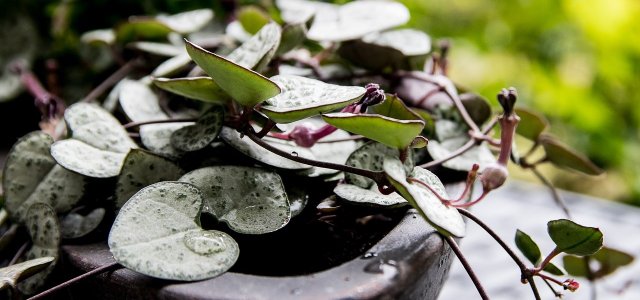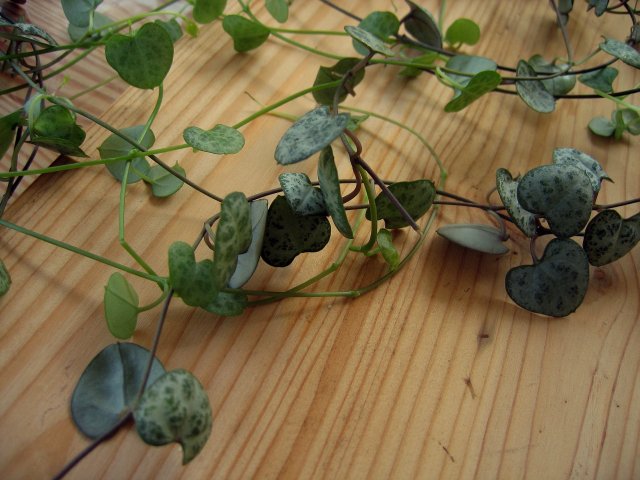
The candlestick flower is an easy-to-care-for houseplant that is especially suitable for somewhat higher locations. We show you what you should consider when caring for it and how you can easily propagate it yourself.
The candlestick flower is a climbing or climbing plant that you can use as a houseplant. Due to its long shoots, it is particularly suitable as a so-called hanging basket plant in the home. This means that you should choose a high location so that the shoots can hang down. The candlestick flower belongs to the succulents: it can store water in leaves and tubers and thus protect itself from drying out. General tips on succulent care can be found in our guide.
Candlestick flower: tips for care

Originally, the candlestick flower comes from South Africa. It is therefore accustomed to a subtropical climate. Therefore, when planting and caring for the climbing plant, you should consider the following things:
- Choose a bright location where room temperature prevails. In the warm summer months, you can also incorporate the candlestick flower in your balcony garden or keep it on the terrace. In any case, make sure to avoid direct sunlight.
- In winter, the subtropical plant can withstand somewhat cooler temperatures. However, they should not fall below 15 degrees Celsius.
- The soil should be rich in humus and well-drained. For example, you can add some sand to normal potting soil.
- Since candlesticks retain water, you should not water them too often and intensively. Just make sure that the soil never dries out completely, but is always slightly moist. The lower the temperatures, the less you should water. So if the plant needs to adjust to cooler temperatures in the winter, you should water it less.
- During its growth period from April to September, you can fertilize the candlestick flower regularly. For tips and instructions on how to easily make your own biodegradable fertilizer, check out this article: Fertilizer for Plants: Make it yourself, all natural.
- If the chandelier flower becomes too large for its pot, it is best to repot it in the spring. Be sure to place the root bulb only about one centimeter deep in the new soil.
Propagate candlestick flower: Here’s how
If you want to grow candlesticks yourself, you will need older plants.
- Older candlesticks form light brown brood nodules, which you can simply collect. Usually they are located directly at the flower.
- Then prepare a pot with sandy, humus-rich soil and press the nodules into the soil.
- Keep the pot in a shady place.
- Water the soil regularly so that the soil remains constantly moist. However, make sure that the soil is not too wet, otherwise the seeds will quickly start to rot.
- After a few weeks the first small shoots should appear.
- When the plants are strong enough and have already developed two pairs of leaves, you can transplant them into individual small pots.
As an alternative method, you can also propagate candlesticks by growing new plants from cuttings:
- You can cut the cuttings during the growing season from April to September.
- Let the cut ends dry for a day.
- Then you can put the cuttings into the prepared sandy soil.
- Water the cuttings moderately and care for them as described above.
- You can also grow the cuttings of the candlestick flower in water jars at first. When the roots are about one to two centimeters long, you can transplant them into pots.

